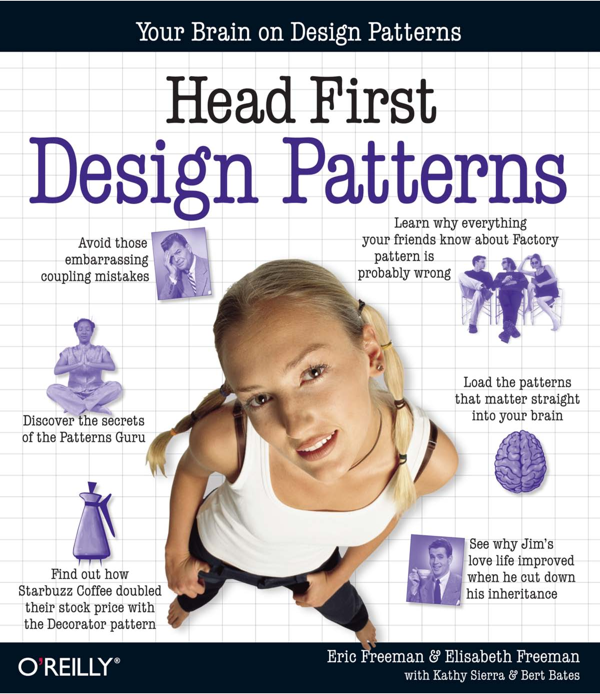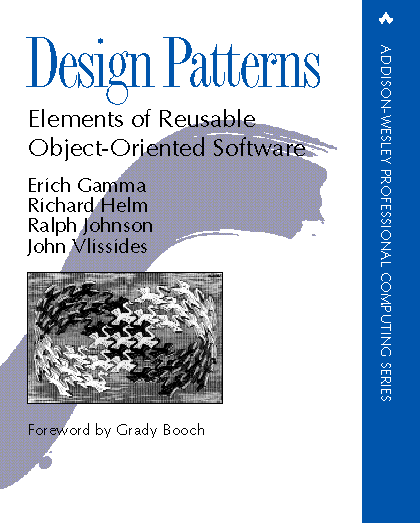Home >Backend Development >PHP Tutorial >Unleashing the potential of design patterns in WordPress: Our journey begins
Unleashing the potential of design patterns in WordPress: Our journey begins
- PHPzOriginal
- 2023-08-31 10:37:091207browse
In this series, we’ve been looking at some design patterns and how they apply to software development – specifically WordPress development.
The thing about design patterns is that there are so many different kinds of them that it’s almost impossible to do justice to every one of the range of patterns on the blog. Nonetheless, hopefully understanding these three can help spark your interest in using design patterns in your work.
To wrap up this series, I'd like to provide a list of other patterns, resources, and guides that you might find useful if you find this particular series useful in your development efforts.
Design pattern list
Here's the thing: the list of design patterns is not fixed. Some have been established for quite some time.
The truth is that these patterns even have different arrangements depending on the environment in which they are implemented - which is why I think it is so important to understand the core pattern so that you can adapt it to your needs, or so that you can identify it in the wild, This way - if necessary - you can continue to implement your work in a way that works perfectly with your existing implementation.
Having said that, it is impossible for me to list all design patterns here. Ican list a number of popular patterns along with some links to the corresponding Wikipedia articles so you can check some out.
- Abstract Pattern
- Single case mode
- Adapter Mode
- Composite Mode
- Decorator Pattern
- Flyweight Mode
- Chain of responsibility model
- Empty object mode
- Guest Mode
- Scheduler Mode
- For a more comprehensive list, check out this page.
For the articles listed above, I recommend at least reading each article in full. Many of these may apply to your daily work, especially if you are developing a larger application. They are still applicable and beneficial even if you are working on smaller projects. After that, we'll look at two books that I highly recommend developers have on their desks at all times.
resource
Whenever others ask me for resources on design patterns, there are really only two books I recommend. They are listed below along with links, a brief description of each, why I recommend them, and their target audience.
First Design Pattern

Head First Design Patterns is a relatively new book compared to many of the materials available today. It uses a different teaching style than many classic books or textbooks. It uses a lot of humor, a lot of pictures, charts, humor, etc. Personally, I like the style, but I know some people may reject it.
Nonetheless, this book covers the following patterns:
Strategy Mode
- Observer Pattern
- Decorator Pattern
- Simple Factory Pattern
- Factory Mode
- Single case mode
- Command Mode
- Adapter Mode
- Appearance Mode
- Template Method Pattern
- Iterator pattern
- Composite Mode
- Status Mode
- Agent Mode
- Composite Mode
- and the list of other common patterns we listed in the first part of this article.
- If you are looking for an introductory book on design patterns, this is the book I would start with.
 This book is also called
This book is also called
because it was written by four outstanding software engineers. This is a more technical read than Head First Design Patterns, but I still recommend it because the description of the patterns and the provided diagrams and implementations are easy to follow. What I'm saying is that if you're just getting into the world of design patterns right now, I would start with
Head Firstand then read this book; otherwise, this one might seem a little boring or not very interesting . With that said, here is a list of patterns provided by the Gang of Four in their book:
Abstract Pattern
- Builder Pattern
- Factory Mode
- Prototype pattern
- Single case mode
- Chain of responsibility
- Command Mode
- Interpreter Mode
- Iterator pattern
- Mediator Mode
- Souvenir Mode
- Observer Pattern
- Status Mode
- Strategy Mode
- Template Method Pattern
- Adapter Mode
- Bridge Mode
- Composite Mode
- Decorator Pattern
- Appearance pattern
- Fly volume mode
- Agent Mode
- In addition to covering the patterns, this book uses case studies to show actual implementations of the pattern in real-world examples, which I think is very useful when referencing them in your work.
in conclusion
One of the dangers for people discovering design patterns for the first time is the tendency to try to apply them everywhere, but don't do this: Design patterns offer many advantages in software development, but they They have their place and things should not be forced into a pattern.
They should fit naturally.
In short, don't try to use patterns for the sake of using them, use them when their design fits the problem you are trying to solve.
With that said, we’ve completed our series on design patterns in WordPress.
in conclusion:
- We've covered the Observer pattern and how to set up code to trigger events and publish them to other objects of interest.
- We reviewed how to set up a plugin so that a single instance of the plugin is always accessible throughout the lifetime of the plugin, theme or application
- We also took a detailed look at the Simple Factory pattern, which includes demo applications, diagrams, and sample code
All in all, it feels like we’ve covered a lot. The truth is, there's a lot more to review. If you found this particular series interesting, or want to learn more about current topics, be sure to check out the design patterns listed earlier in this article, or read the two books linked above.
The above is the detailed content of Unleashing the potential of design patterns in WordPress: Our journey begins. For more information, please follow other related articles on the PHP Chinese website!

